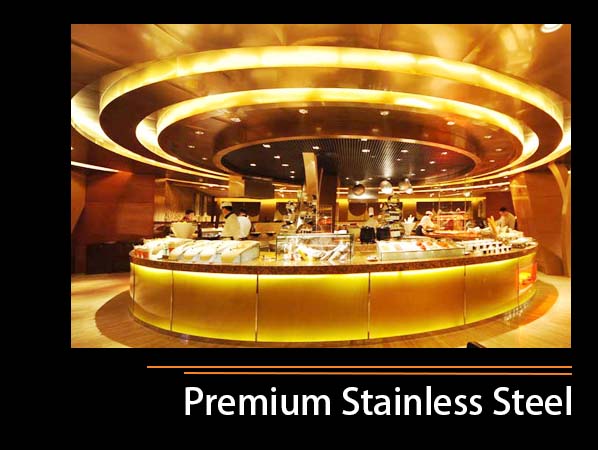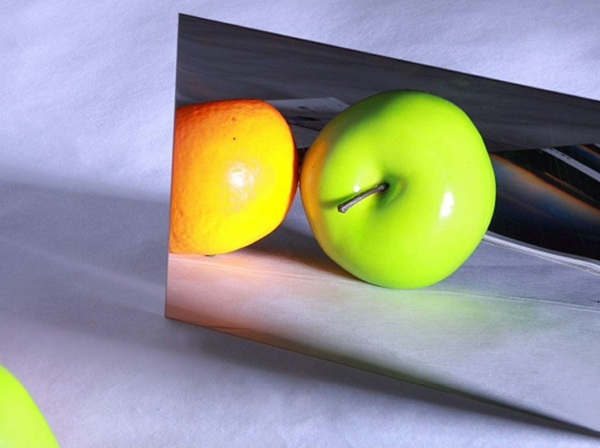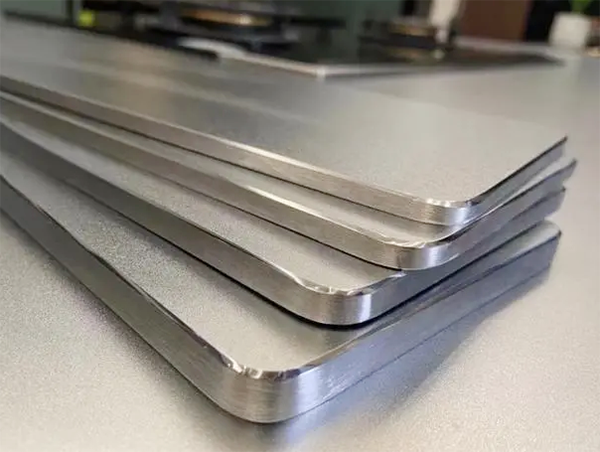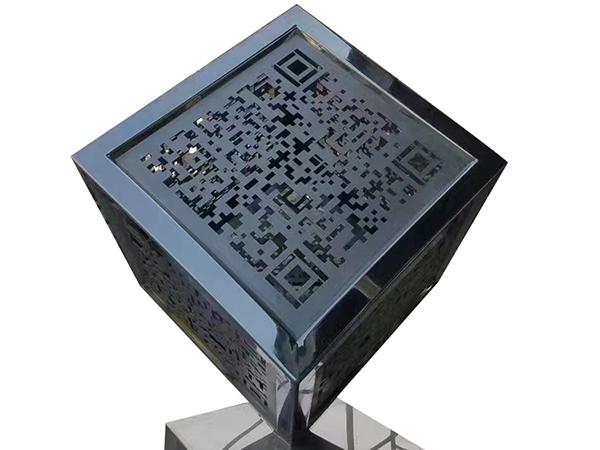
Characteristics of Cold-Rolled and
Hot-Rolled Stainless Steel
Hot rolling: relative to cold rolling, cold rolling is rolled below the recrystallization temperature, while hot rolling is rolled above the recrystallization temperature.
Characteristics of hot-rolled stainless steel
l Poor toughness and surface smoothness, lower price,
l The temperature of hot rolling is similar to that of forging,
l Hot-rolled sheet has oxide scale on the surface, and the sheet thickness varies,
l Due to its production and manufacturing technology, it is widely used in civilian applications, such as kitchen utensils, general household appliances, etc.,
l The mechanical properties of hot-rolled steel sheets are far inferior to those of cold processing and inferior to forging processing, but they have better toughness and ductility.

Cold rolling: It is processed and rolled on the basis of hot-rolled stainless steel sheets and coils. Generally speaking, it is a process of hot rolling, pickling, and cold rolling. Although the steel sheet will heat up due to rolling during the processing, it is still called cold rolling. Since hot rolling undergoes continuous cold deformation, cold rolling has poor mechanical properties and high hardness. It must be annealed to restore its mechanical properties. Those without annealing are called hard rolled coils. Hard rolled coils are generally used to make products that do not require bending or stretching.
Characteristics of cold-rolled stainless steel
l Due to a certain degree of hardening, cold-rolled steel sheets have low toughness and are more expensive,
l There is no oxide scale on the cold rolled surface and the quality is good,
l Products made by cold deformation have high dimensional accuracy and good surface quality,
l Cold rolling is widely used in various industries due to its production process, such as various cold stamping parts, cold rolled and cold extruded profiles, cold rolled springs, cold drawn wire rods, cold heading bolts, etc.






